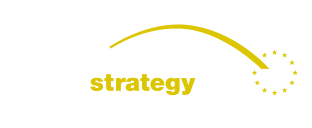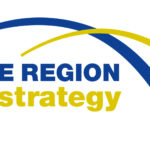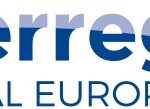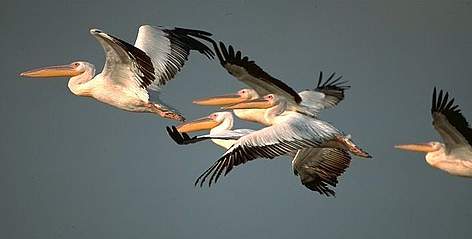Maybe you will find this story too long, but who understands the necessity of taking action in the field we are talking about, will read all of it. So, bear with us!
We read all the time about endangered species all over the world: a kind of mammal, or fish, or bird. Dynamic economic development influenced dramatically their environment and a change in the trophic level may cause long-term severe damage.
The situation is similar along the Danube basin, where flora and fauna’s habitat has been modifying for decades. For example, there are 912 islands in the Danube and 147 of them are untouched or completely natural. How could we ignore them and their flora and fauna?
Since the Danube plays an important role as a Green Wildlife Corridor that enables animal migration and is a link between more bioregions than any other corridor in Europe, one of #EUSDR pillars refers precisely to environment protection. It is vital to act all together because flora and fauna do not stop where the national borders are.
This week story brings @DANUBEparksCONNECTED to your attention. It is a #DTP-financed project that shows how cooperation and joint efforts of 9 Danube countries could improve the current situation and the predictions of biodiversity.
Briefly, @DANUBEparksCONNECTED protects rare species such as the White-Tailed Eagle or the Pelican through habitat connectivity in the Air (DANUBE FREE SKY), fish species and soft wood forests through WILDislands, orchids and insects through the Dry Habitat Corridor, bats and native tree species through the Riparian Forest Corridor.
For example, WILDisland initiative established a Danube-wide inventory of islands and categorized them, which helped in defining the first measures for declaration of “Wilderness”. Actually, due to their pristine and natural character, the 147 islands could be classified as category A (completely natural islands, true river wilderness), category B (islands with a high ecological value and naturalness, but with small human alterations (forestry, river regulation, land use etc.) and category C (other islands subjected to major human uses, but still having ecological values and functions in the Danube Habitat Corridor). The Wilderness declaration includes measures meant to turn category C to B or B to A to restore river dynamics. Hence, Slovakia and Austria restored the river dynamics of islands and already provided a habitat for endangered species.
The initiatives of the project lead to a long-term perspective on policy level. So, the DANUBE FREE SKY initiative, according to which power lines in Austria, Slovakia, Hungary and Romania have been marked, resulted in decreasing the risk of collision of birds by 70 – 90%. Other two initiatives were implemented on land: 1. using the cross-border herds grazing for dry grasslands management, less invasive than mowing, through which a lot of species are killed by the mowing machines and 2. planting of native tree species and removal of invasive species almost in all Protected Areas.
By organizing over 30 events in 8 Danube countries, the project team raised awareness of the sombre future of biodiversity in the Danube basin and local communities and stakeholders learnt about the importance of nature conservation also outside of the borders of the Protected Areas in their region.
Ecological connectivity came true! And if you want to find more about how #EUSDR is approaching the biodiversity aspects, follow the link: https://www.danube-nature.eu/
Photo: Anton Vorauer, WWF




